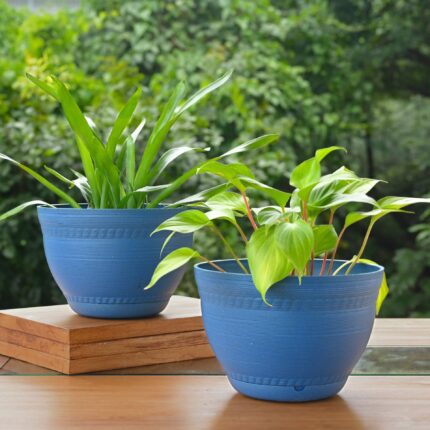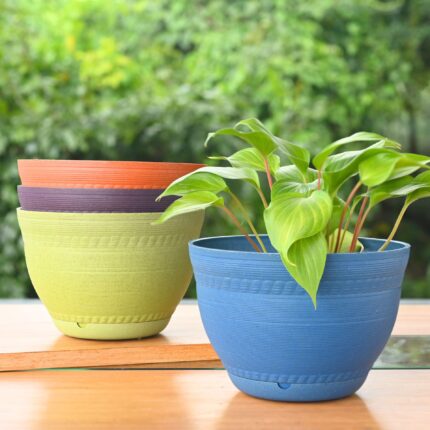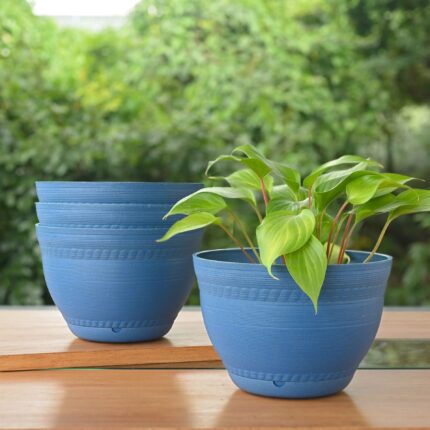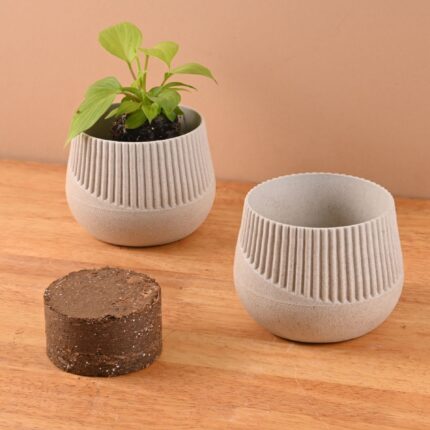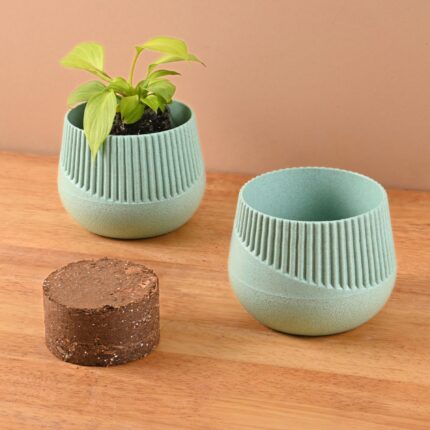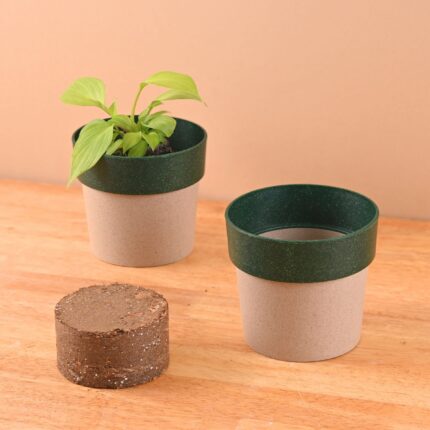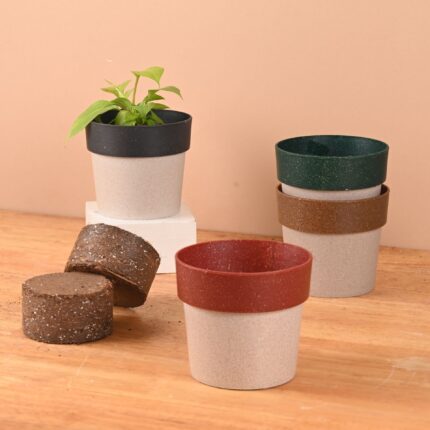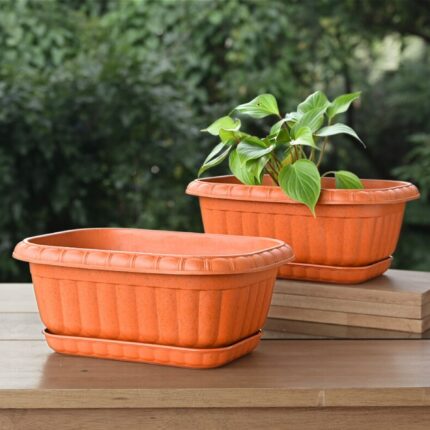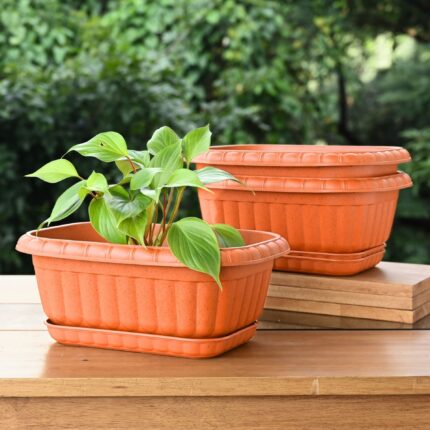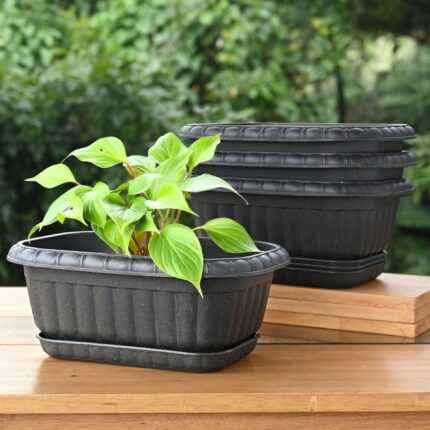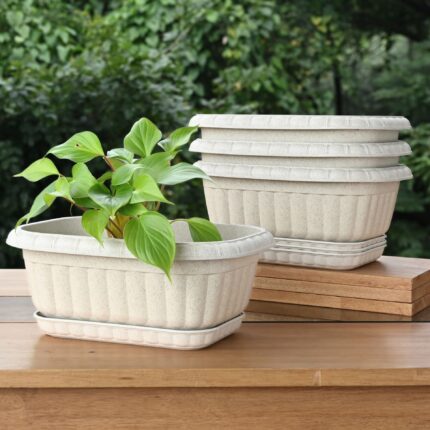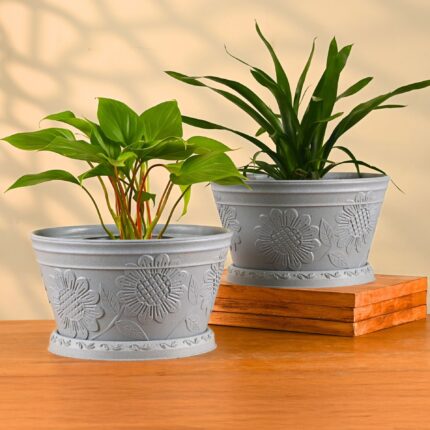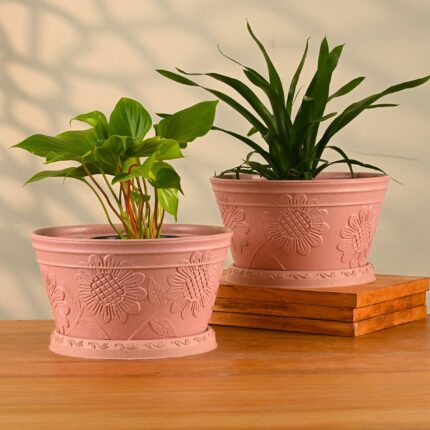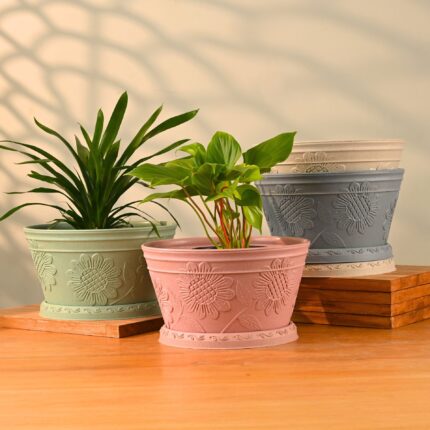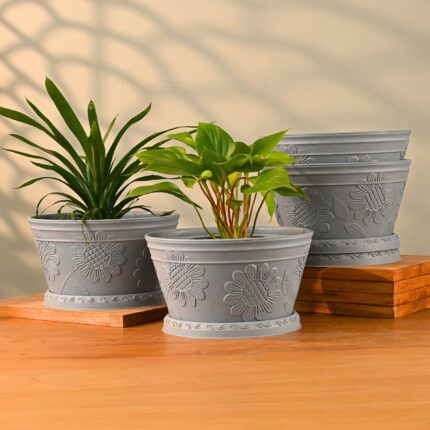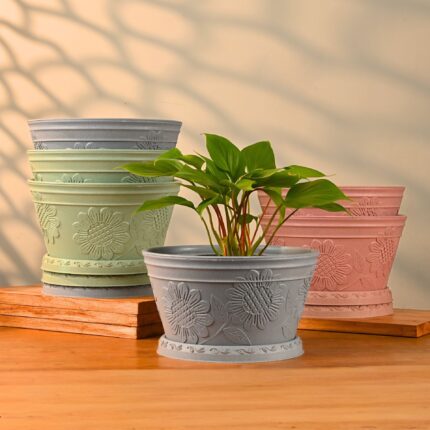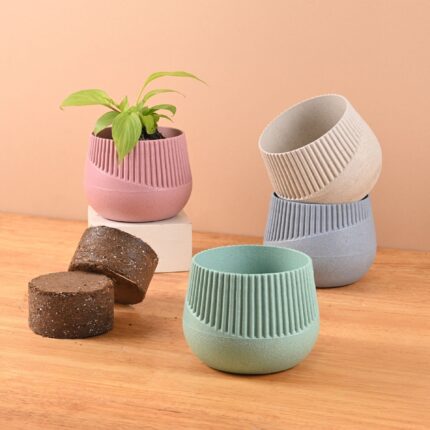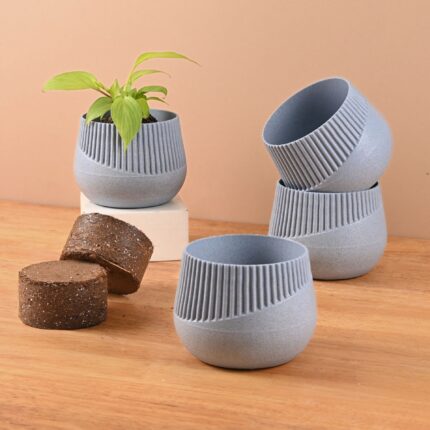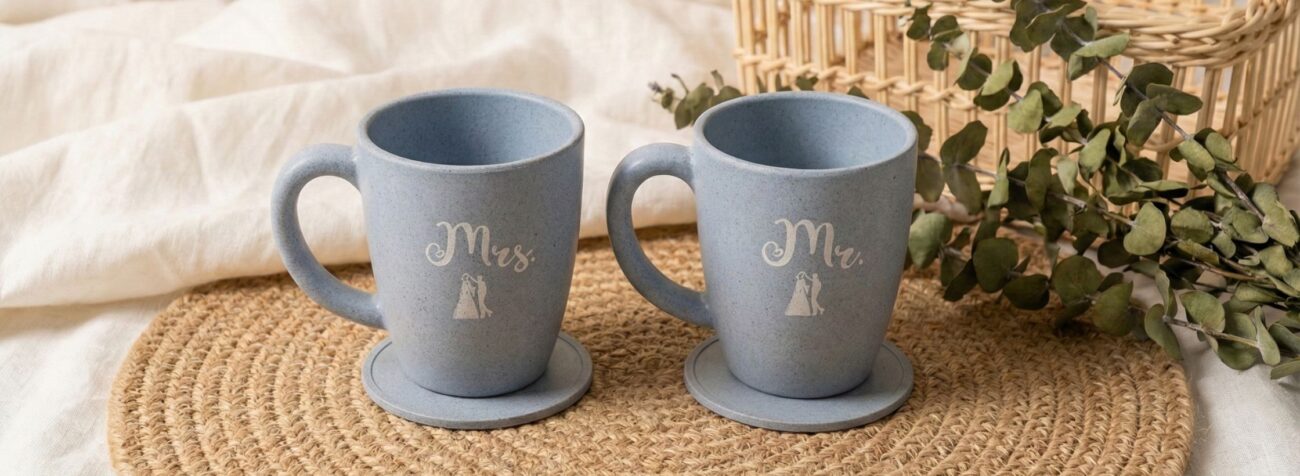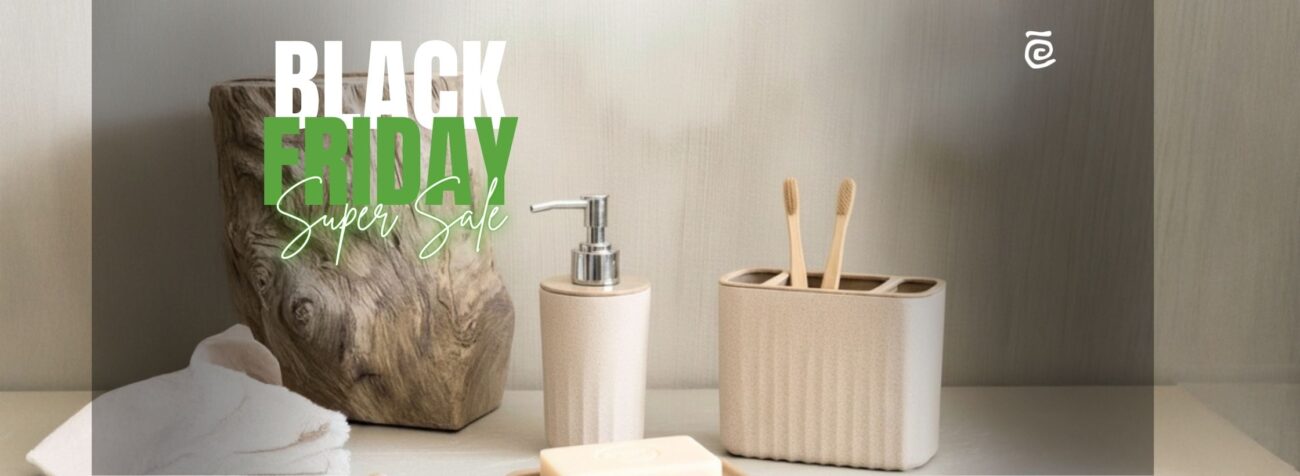Terracotta vs. Plastic Planters: What’s Best for Your Greenery?
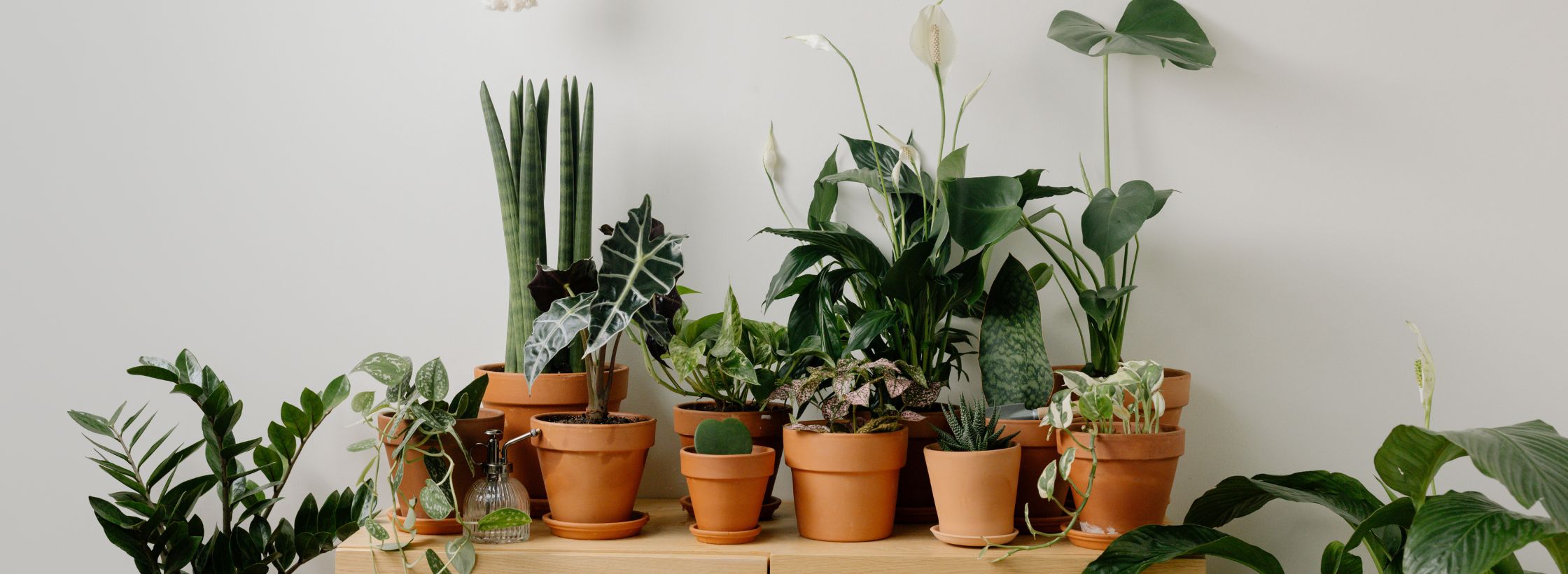
Terracotta vs. Plastic Planters: What's Best for Your Greenery?
Terracotta, with its warm, earthy tones and porous nature, is an excellent choice for plants that prefer their roots to breathe and their soil to dry out between waterings.
Ever found yourself staring at a wall of plant pots, scratching your head and wondering, “Which one should I actually buy?” It’s a common dilemma, right? You want your plants to thrive, look good, and not break the bank. But with so many options out there, from the classic reddish-brown to bright, funky plastic, it can feel a bit overwhelming. And let’s be honest, nobody wants to invest time and effort in a plant just for it to look sad in the wrong pot. So, what’s the real deal with terracotta versus plastic planters? And how do these choices impact your home’s overall greenery environment?
We hear you. It’s not just about aesthetics; it’s about what’s best for your plant’s health, your wallet, and even the planet. Let’s break it down, no fancy jargon, just straightforward talk.
The Timeless Charm of Terracotta for Your Greenery Environment
You know those rustic, earthy pots you see everywhere, especially in traditional Indian homes and gardens? That’s terracotta. Made from baked clay, these pots have been a gardener’s favourite for centuries, and for good reason. They are porous, meaning they have tiny little holes that allow air and moisture to move through. This is a game-changer for many plants.
Think of it like this: your plant’s roots need to breathe. If they’re constantly sitting in soggy soil, they can literally drown and rot. Terracotta pots help prevent this by wicking away excess moisture from the soil. This natural “breathing” makes them fantastic for plants that prefer drier conditions, like succulents, cacti, and many herbs. We’ve seen countless times how a struggling succulent perks right up once it moves into a terracotta home. It’s truly amazing to witness the change in the plant’s health and the overall greenery environment it creates.
Another plus? Their weight. Terracotta pots are heavier than plastic, which means they offer better stability for taller plants or those with extensive root systems. No more accidental tip-overs on a windy balcony! Plus, they often come in beautiful, natural designs that simply blend into any home décor, making them perfect for creating a serene greenery environment. And for those who love a bit of rustic charm, nothing beats the look of an aged terracotta pot, sometimes even adorned with beautiful terracotta tiles.
Plastic Planters: The Modern, Practical Choice for Your Home Greenery
Now, let’s talk about plastic. Bright, colourful, lightweight, and often very affordable – plastic planters are everywhere. They are a super popular choice, especially for beginners or those on a budget. And for good reason!
The main difference with plastic is that it’s non-porous. This means water doesn’t evaporate through the pot walls. For plants that love consistent moisture, like ferns, peace lilies, or many tropical varieties, this can be a huge advantage. You won’t need to water as frequently, which is a lifesaver if you’re a bit forgetful or have a busy schedule. Just be careful not to overwater, as that can lead to root rot in a plastic pot.
Plastic pots are also incredibly durable and shatterproof, making them great for homes with kids or pets, or for outdoor spaces where things might get knocked around. You can drop them, and they usually won’t break. Plus, they come in a dazzling array of colours and styles, letting you easily match your planters to your home’s aesthetic, adding a pop of colour to your greenery environment. They are also usually recyclable, which is a nod towards the circular economy, though it’s important to check the recycling codes.
The Sustainability Angle: Beyond Just the Pot
When we talk about what’s “better,” we can’t ignore the environmental impact. This is where the conversation gets a bit deeper than just soil and roots.
Terracotta: While terracotta is a natural material, its production involves firing at high temperatures, which consumes energy. However, it’s incredibly durable and can last for decades, even centuries, making it a truly long-lasting product. When it does eventually break, it’s just clay – it returns to the earth without harming the environment. You can even crush broken terracotta pots and use them as drainage at the bottom of other planters, effectively “reusing” them! This fits perfectly into the idea of conserving resources.
Plastic: The biggest concern with plastic is its origin (fossil fuels) and its end-of-life. While many plastic planters are made from recycled content, or are themselves recyclable, a significant portion still ends up in landfills, taking hundreds of years to break down. However, the rise of upcycled plastics and biomaterials in manufacturing is changing this landscape. Some companies are now making planters from ocean-bound plastic or plant-based plastics, which is a fantastic step towards reducing carbon footprint and supporting the green economy. When looking for plastic planters, consider if they are made from recycled materials or are designed for multiple reuse cycles. This thinking is crucial for a thriving greenery environment.
Making the Right Choice for Your Greenery
So, which one wins? It’s not a simple answer. It truly depends on your plant, your lifestyle, and your priorities.
For the “Thirsty” Plants: If you have plants that love consistently moist soil (think ferns, peace lilies, or even some leafy greens), plastic might be a great choice because it holds water longer.
For the “Dry” Plants: Succulents, cacti, and many herbs will absolutely thrive in terracotta because it allows the soil to dry out between waterings, preventing root rot.
For Stability and a Classic Look: If you have larger plants or just love that rustic aesthetic, terracotta is hard to beat. Its weight provides excellent stability, and its natural hue complements any greenery environment.
For Durability and Portability: If you’re prone to knocking things over or need to move your plants around often, lightweight and shatterproof plastic is super practical.
For Sustainability: Consider where the materials come from and where they will go. Both have pros and cons. Look for products made from recycled content, or materials that can be easily reused or biodegrade naturally. This thinking applies to other home products too, like choosing tableware made from sustainable bamboo or storage solutions crafted from upcycled wood.
Final Thoughts
Global conservation isn’t just a lofty ideal—it’s a necessity for our survival. By celebrating biodiversity and making conscious choices, we can all play a part in protecting the planet. Remember, every small action counts. Whether it’s choosing sustainable products for your home or supporting conservation initiatives, you’re contributing to a healthier, more vibrant world.
So, next time you’re shopping for that new mug or planter, think about its impact on the planet. Choose wisely, and be part of the solution. Together, we can weave a future where nature thrives and we all benefit.
Visit eha’s range of sustainable gardenware to choose, made with biocomposite materials using crop-waste such as rice husk, bamboo fibers and coffee husk.
If you are looking at developing new range of earth friendly gifting speak to experts at Mynusco.







